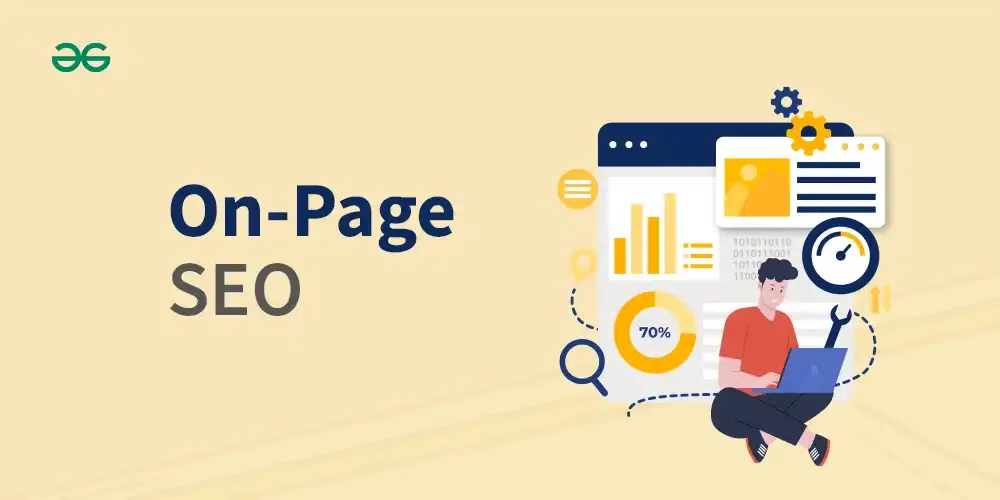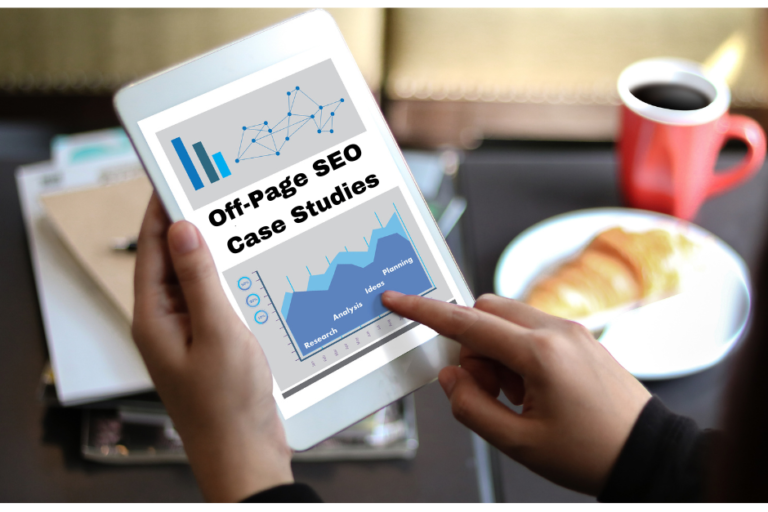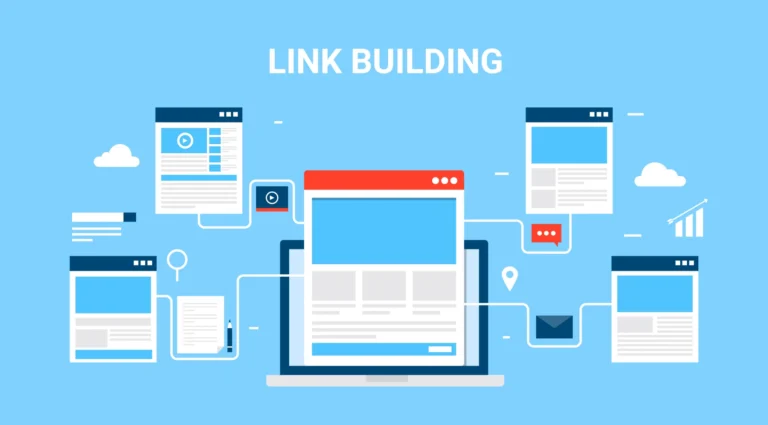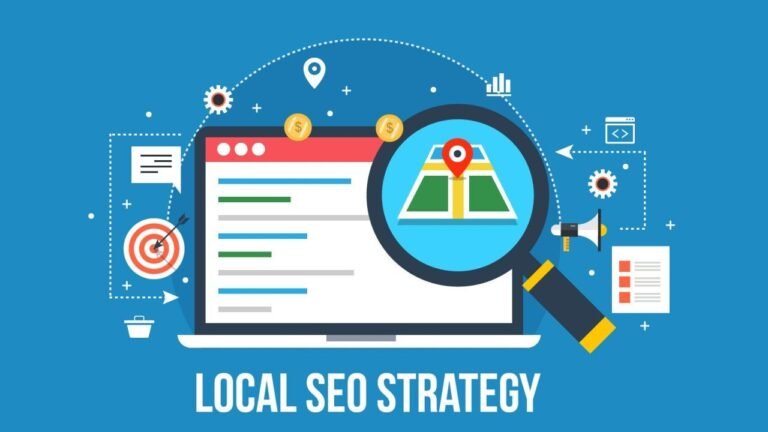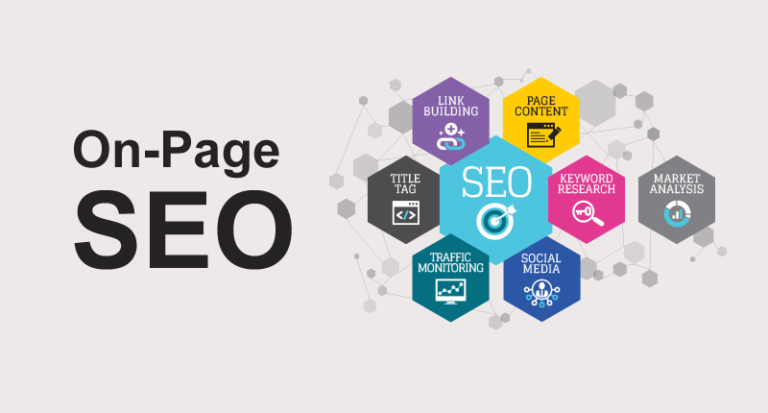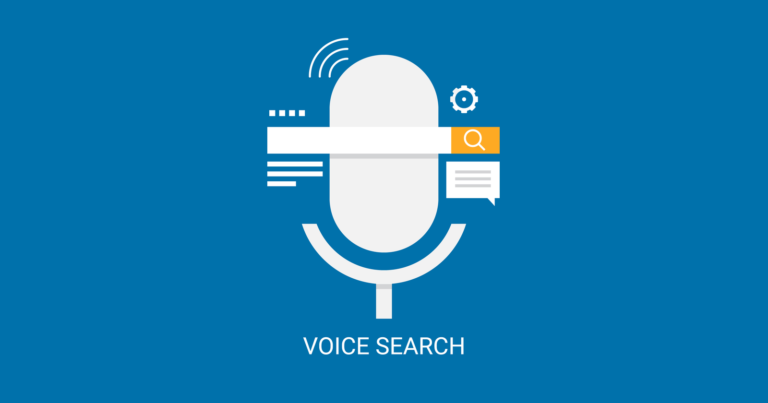Mastering Content Optimization for On-Page SEO
In today’s digital landscape, where competition for online visibility is fierce, mastering on-page SEO is crucial for small businesses looking to establish a strong online presence. At Social Peak Media, we understand the unique challenges that local businesses face in the digital realm, and we’re here to guide you through the intricacies of on-page SEO.
This guide about content optimization for on-page SEO will equip you with actionable strategies to optimize your content, improve your search engine rankings, and ultimately drive more traffic to your website.
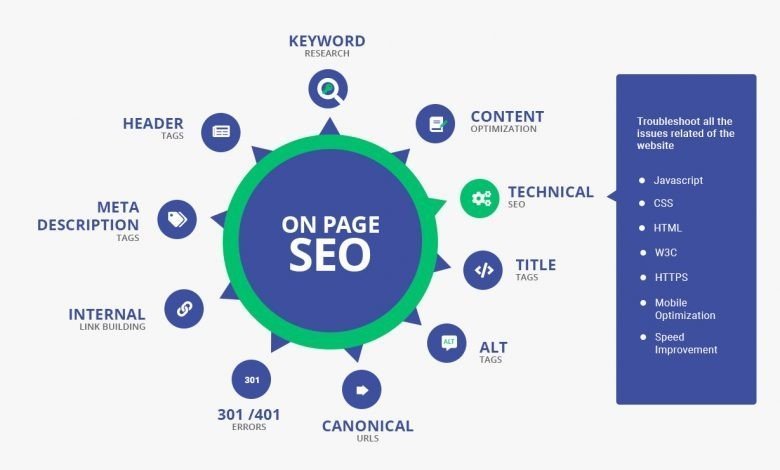
How to Conduct Keyword Research for Content Optimization
Keyword research is the foundation of any successful on-page SEO strategy. It’s like laying the groundwork for a house—you need a solid base to build something that will stand the test of time. The goal here is to identify the words and phrases your target audience uses when searching for the products or services you offer.
Understanding Your Audience’s Intent
To begin, it’s essential to understand the intent behind the keywords. Are your potential customers looking for information, or are they ready to make a purchase? Knowing this will help you choose the right keywords to target. For example, if you’re a local bakery, keywords like “best bakery in [your city]” or “freshly baked bread near me” could be valuable.
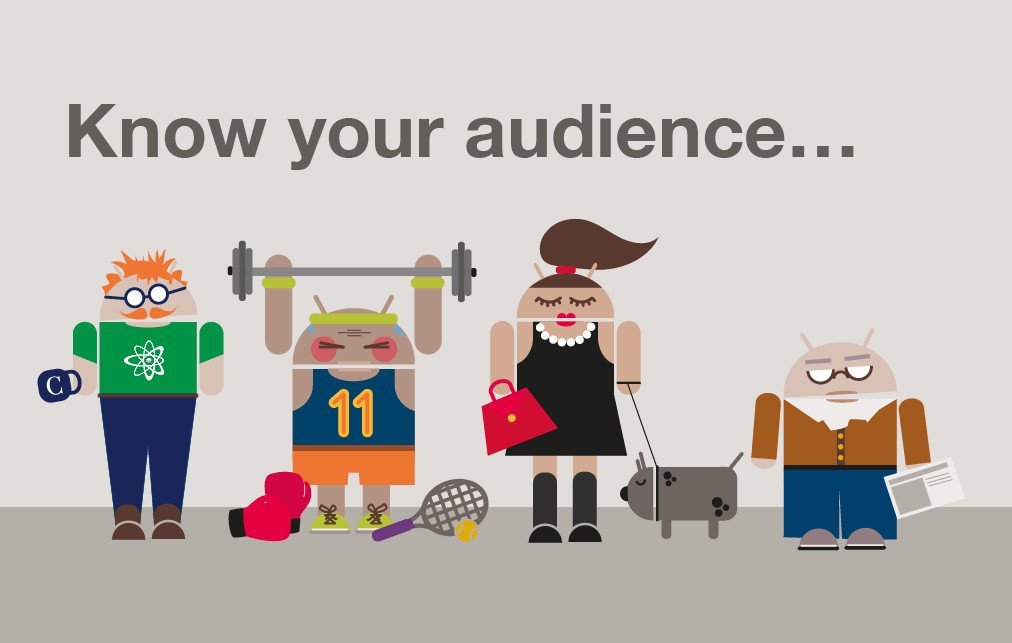
Utilizing Keyword Research Tools
There are several tools available that can help you discover relevant keywords. Tools like Google Keyword Planner, Ahrefs, and SEMrush can provide insights into search volume, keyword difficulty, and related terms. The key is to find a balance between high search volume and low competition keywords.
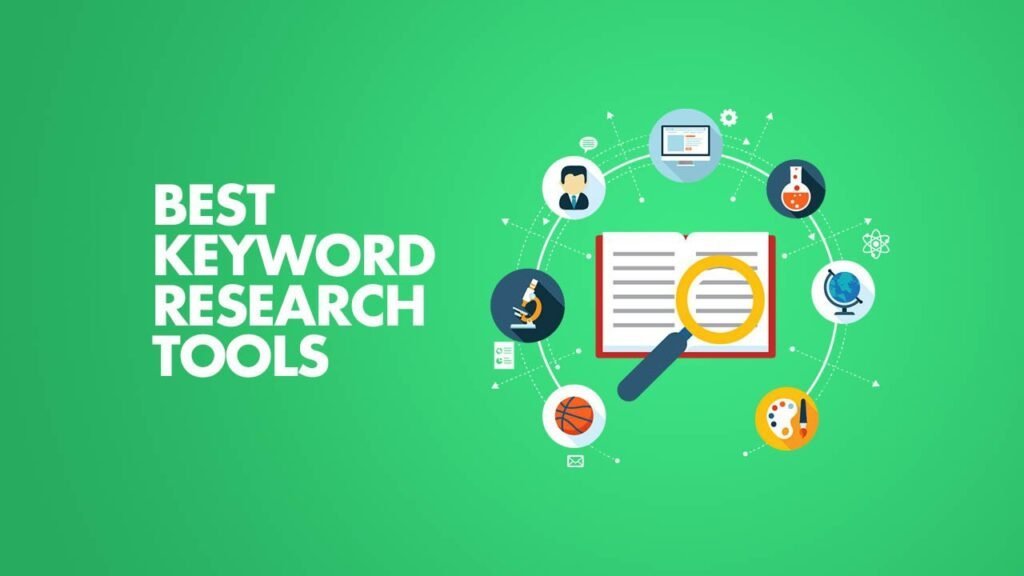
Long-Tail Keywords for Local SEO
Don’t overlook the power of long-tail keywords, especially for small businesses targeting local customers. These are longer, more specific phrases that may have lower search volume but higher intent. For example, instead of targeting “SEO services,” you might target “affordable SEO services for small businesses in [your city].” These long-tail keywords can help you attract highly targeted traffic that’s more likely to convert.
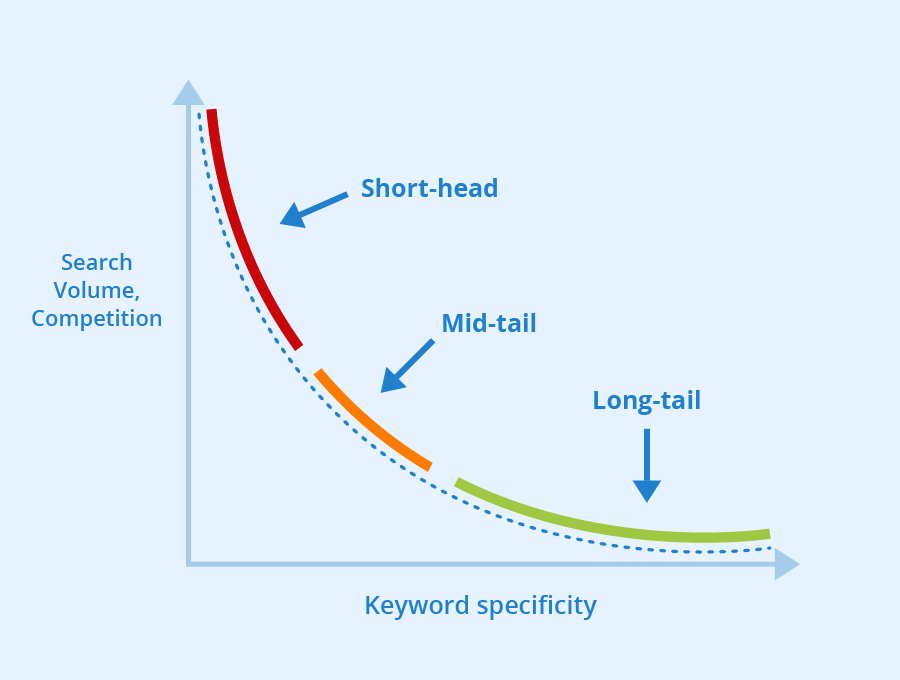
Competitor Analysis for Keyword Insights
Another effective strategy is to analyze your competitors. What keywords are they ranking for? You can use tools like Ahrefs to see which keywords are driving traffic to their sites. This can give you ideas for keywords you might not have considered and help you identify gaps in your own content strategy.
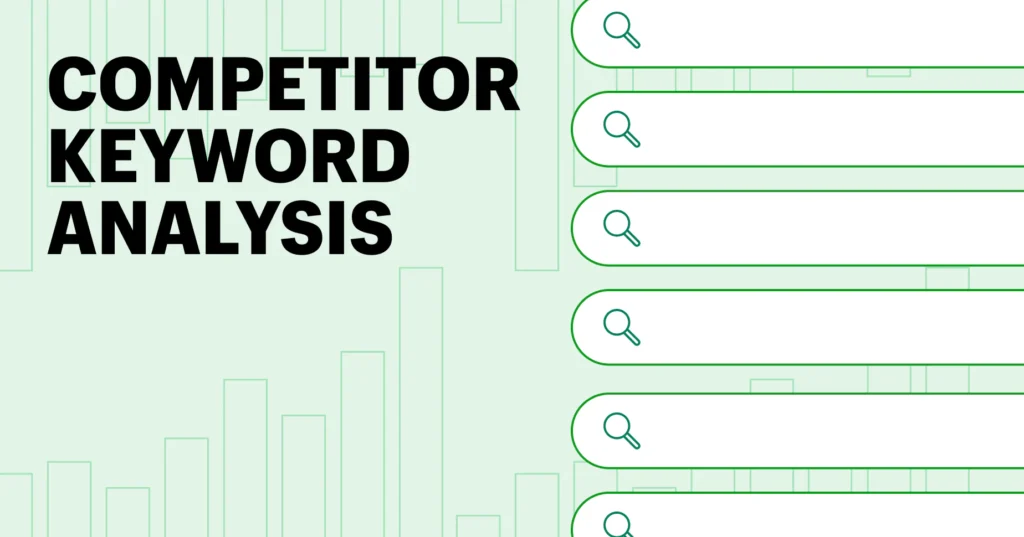
Optimizing Headers and Subheadings for Better SEO
Once you’ve identified your target keywords, the next step is to integrate them into your content strategically. Headers and subheadings play a vital role in on-page SEO because they help search engines understand the structure of your content and its relevance to the search query.
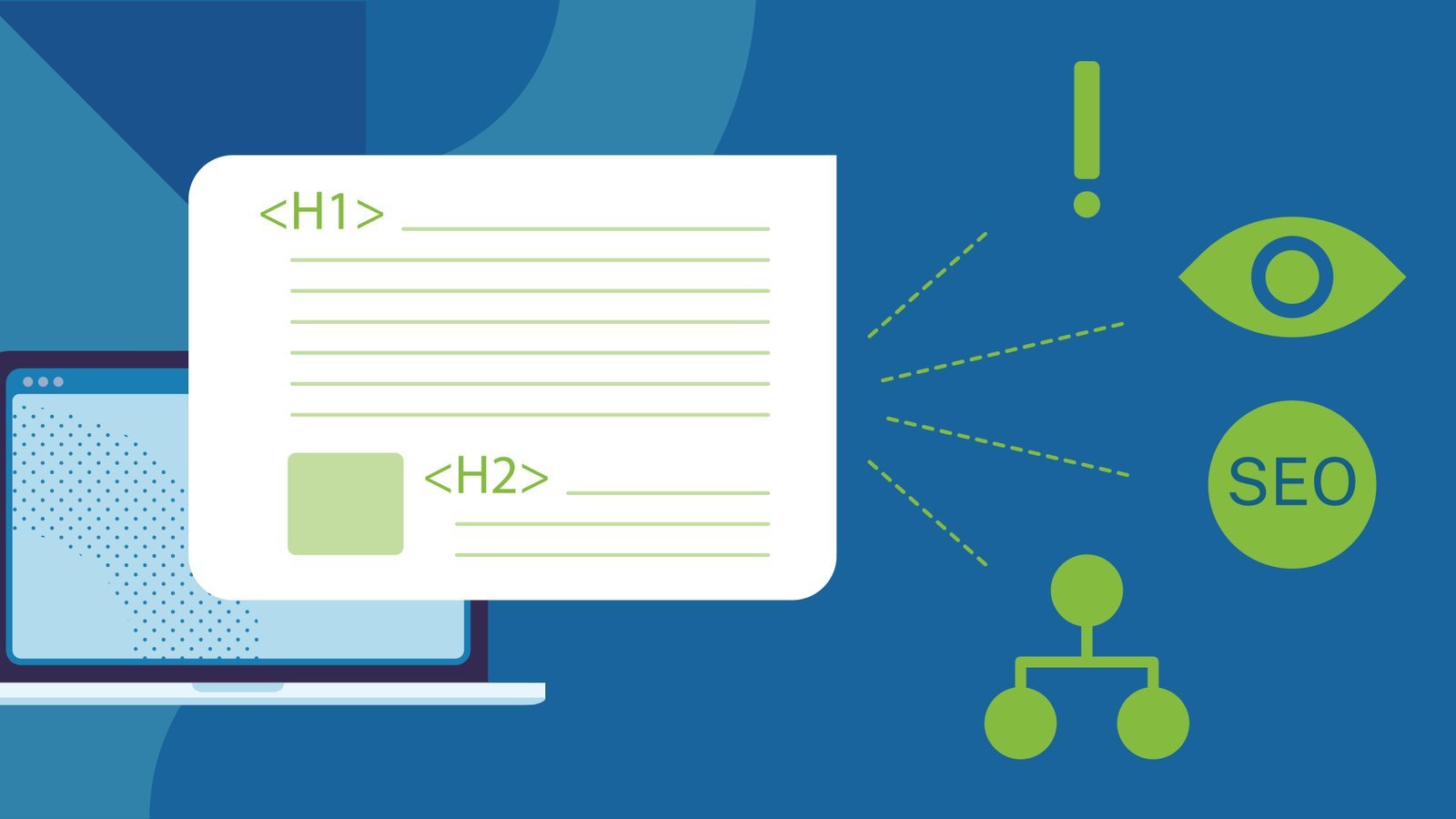
The Role of H1 Tags in SEO
Your H1 tag is the most important header on your page—it’s like the title of a book. It should be clear, concise, and include your primary keyword. For instance, if your primary keyword is “content optimization for on-page SEO,” your H1 could be “Mastering Content Optimization for On-Page SEO.” This signals to search engines what the page is about and helps them index it appropriately.
Structuring Content with H2 and H3 Tags
Beyond the H1, your H2 and H3 tags should follow a logical structure that breaks down your content into digestible sections. Think of them as chapter titles and sub-chapters. Each should include relevant keywords where appropriate. For example, under an H2 about keyword research, you might have H3 subheadings like “Understanding Your Audience’s Intent” and “Utilizing Keyword Research Tools.”
Using Keywords Naturally in Subheadings
It’s important to use your keywords naturally within your subheadings. Keyword stuffing—cramming your keywords into every available space—can harm your SEO efforts rather than help them. Instead, focus on creating subheadings that are both informative and keyword-rich, without sacrificing readability.
Enhancing Readability with Descriptive Subheadings
Descriptive subheadings not only help with SEO but also enhance the readability of your content. They give readers a clear idea of what each section is about, which can improve engagement and reduce bounce rates. This is particularly important for small businesses, as retaining visitors on your site can lead to higher conversion rates.
Creating Engaging Meta Descriptions and Titles
Meta descriptions and titles are often the first things users see in search engine results, making them crucial for driving click-through rates. An engaging title and meta description can be the difference between a user clicking on your link or scrolling past it.
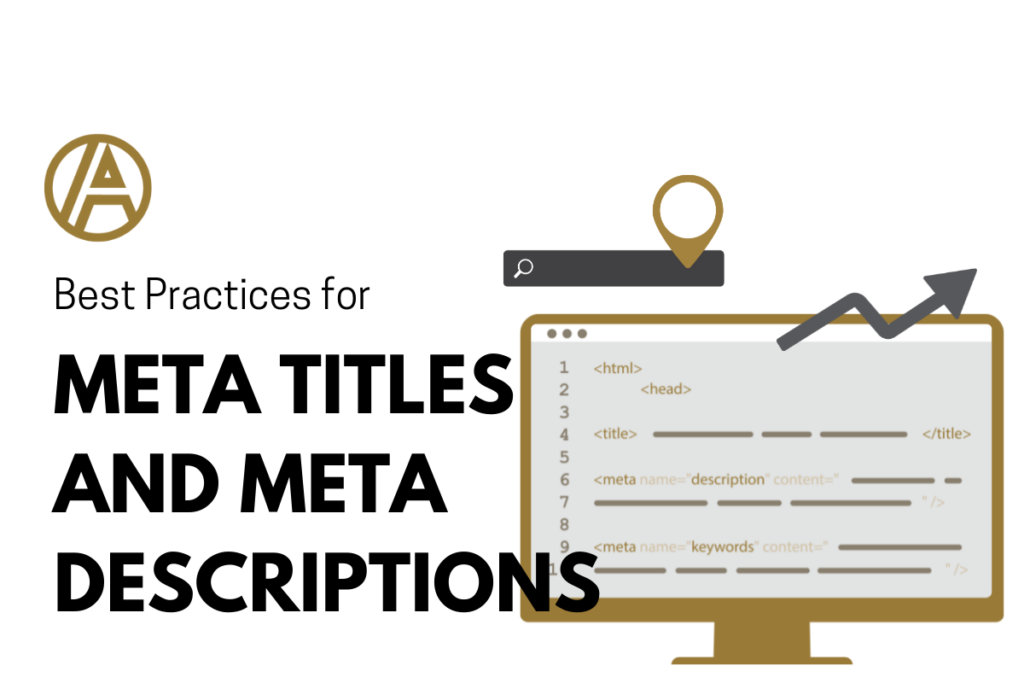
Crafting Compelling SEO Titles
Your title should be eye-catching and include your primary keyword near the beginning. Keep it under 60 characters to ensure it displays fully in search results. For example, “Mastering Content Optimization for On-Page SEO” is direct, keyword-focused, and gives users a clear idea of what to expect.
Writing Persuasive Meta Descriptions
A meta description is your chance to summarize your page’s content in about 155-160 characters. It should include your primary keyword and a call to action. For instance, “Learn how to optimize your content for on-page SEO with our expert tips. Boost your rankings and drive more traffic today!” This not only tells users what they’ll get but also encourages them to take action.
Avoiding Clickbait and Maintaining Relevance
While it might be tempting to use clickbait tactics to increase your click-through rate, it’s important to maintain relevance. If your title and meta description don’t accurately reflect your content, users will quickly bounce off your page, which can negatively impact your SEO. Stick to honest, compelling descriptions that truly represent your content.
Incorporating Keywords in Meta Tags
Including keywords in your meta tags (title, description, and even the URL) helps search engines understand the relevance of your page. But again, avoid keyword stuffing. Focus on creating a natural flow that appeals to both search engines and human readers.
Best Practices for Crafting SEO-Friendly URLs
URLs are often overlooked in the SEO process, but they play an important role in how search engines and users perceive your content. An SEO-friendly URL is clear, concise, and descriptive, providing a better user experience and contributing to higher search rankings.
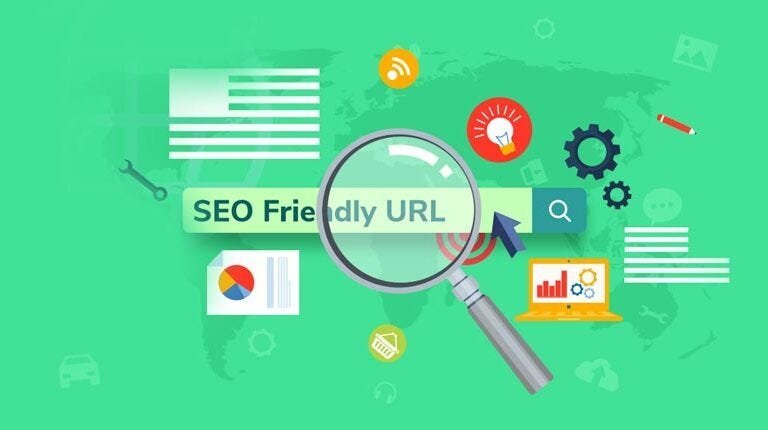
Keeping URLs Short and Descriptive
A good rule of thumb is to keep your URLs under 60 characters. They should be descriptive enough to give users and search engines a clear idea of what the page is about. For example, instead of using “www.yoursite.com/p12345,” use “www.yoursite.com/on-page-seo-tips.” This is both user-friendly and SEO-friendly.
Using Keywords in URLs
Whenever possible, include your primary keyword in the URL. This not only helps with SEO but also makes the URL more meaningful to users. For example, if your page is about “content optimization,” your URL could be “www.yoursite.com/content-optimization.” This reinforces the topic of your page and can improve your rankings.
Avoiding Special Characters and Numbers
Special characters, numbers, and excessive punctuation can make your URLs look messy and difficult to read. Stick to hyphens to separate words and avoid using underscores, as these can be misinterpreted by search engines.
Ensuring URLs Reflect Page Hierarchy
If your site has multiple levels of content, your URLs should reflect this hierarchy. For example, a blog post on on-page SEO under your main SEO category could be structured as “www.yoursite.com/seo/on-page-seo-tips.” This helps search engines understand the relationship between different pages on your site and can improve your overall SEO.
Integrating Visual Content to Enhance On-Page SEO
Visual content is a powerful tool for enhancing your on-page SEO. It not only makes your content more engaging but also provides additional opportunities to optimize for search engines.
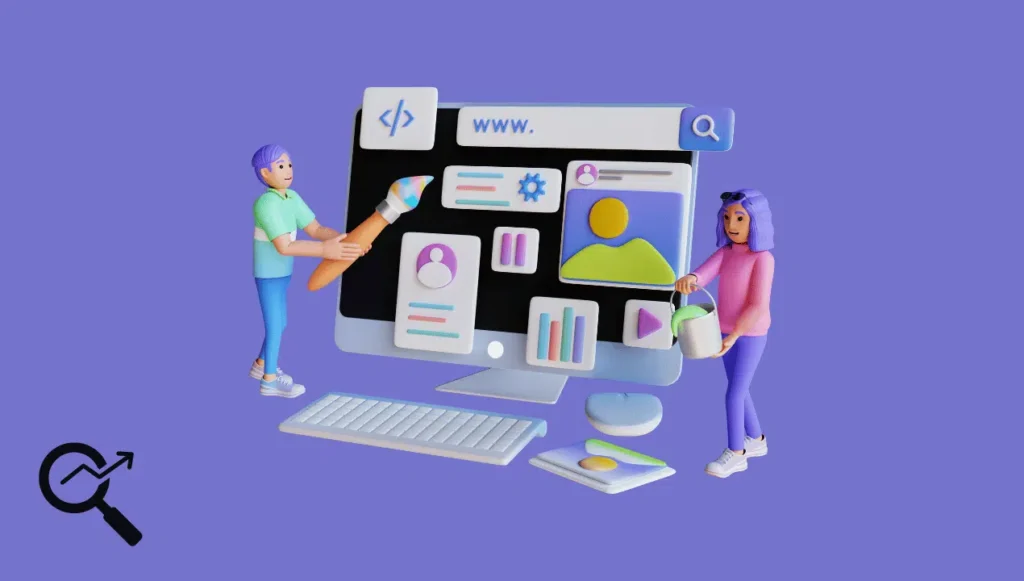
The Importance of Alt Text for Images
Alt text is a short description of an image that helps search engines understand what the image is about. It’s also crucial for accessibility, as it allows screen readers to describe images to visually impaired users. When writing alt text, include relevant keywords, but make sure the description accurately reflects the content of the image.
Using Descriptive File Names for Images
Before uploading images to your site, rename the files to something descriptive and relevant. Instead of “IMG_1234.jpg,” use “on-page-seo-guide.jpg.” This small step can improve your image search rankings and contribute to overall SEO.
Optimizing Image Size and Format
Large images can slow down your site, which can negatively impact your SEO. Compress your images to reduce their size without sacrificing quality, and use modern formats like WebP for better performance. This ensures your site loads quickly, providing a better user experience and boosting your SEO.
Embedding Videos and Optimizing Them for Search
Videos are another form of visual content that can enhance your on-page SEO. Embedding relevant videos within your content can increase user engagement and time spent on your site. Make sure to optimize your video titles, descriptions, and tags with relevant keywords. Also, consider creating a video transcript, as this text can be indexed by search engines, further boosting your SEO.
Leveraging Infographics to Improve User Engagement
Infographics are a great way to present complex information in a visually appealing format. They can help break up text and make your content more digestible, which can reduce bounce rates and improve your SEO. Make sure your infographics are shareable on social media, as this can drive additional traffic to your site.
Conclusion
Mastering content optimization for on-page SEO is essential for small businesses looking to improve their online visibility and attract more local customers. By conducting thorough keyword research, optimizing headers and subheadings, crafting engaging meta descriptions and titles, creating SEO-friendly URLs, and integrating visual content, you can significantly enhance your website’s
performance in search engine rankings. At Social Peak Media, we specialize in helping small businesses like yours succeed online. Implement these strategies, and you’ll be well on your way to mastering on-page SEO and driving more traffic to your site.

